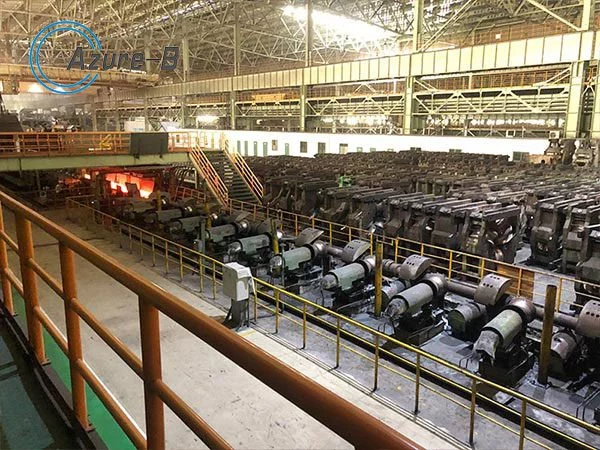Revisiting Galvanized Plumbing in Modern Homes
Galvanized plumbing pipes once promised durability with minimal maintenance for homes and buildings. The zinc coating provided corrosion resistance, allowing water to flow freely without accumulation of rust and scale. However, the realities of galvanized plumbing reveal significant downsides that make it an unsuitable choice for most modern contexts.
What is Galvanized Plumbing?
Galvanized pipes consist of steel base metal coated in zinc. The zinc acts as a protective barrier, sacrificing itself through an oxidation reaction to prevent the underlying steel from corroding. This process, called galvanization, became popular in the early 20th century as indoor plumbing advanced.
Initially, galvanized pipes outpaced lead and cast iron by resisting corrosion from water and oxygen. Their internal zinc lining also prevented accumulation of scale and rust particles that impede water flow. This apparent durability made galvanized pipes a staple of residential plumbing for decades, though cracks eventually formed in its armor.
Why Galvanized Pipes Ultimately Fail
Despite the corrosion resistance zinc coatings provide, galvanized pipes still deteriorate over time. As water flows through galvanized pipes, the protective zinc reacts with minerals, forming scale that flakes off and exposes the underlying steel. This leads to reduction and eventual loss of the zinc barrier.
Without zinc protection, oxygen permeates the steel walls of galvanized pipes. Rust forms rapidly as the iron oxidizes, weakening the pipes structurally and producing tubercles that accumulate debris and impede water flow. Leaks subsequently develop at stress points as corrosion advances, risking flooding and water damage.
These corrosion and scale issues accelerate with certain water qualities. Soft, acidic water dissolves zinc faster while hard water rich in minerals forms thicker scales more prone to flaking. Stagnant water also spends more time interacting with pipe walls, speeding zinc consumption.
Such variables mean galvanized pipes face functional lifespan of 40-70 years. Their corrosion resistance depletes faster than modern copper, PEX or CPVC alternatives that avoid these deterioration processes entirely through non-reactive materials.
Problems with Using Galvanized Pipes Today
As galvanized pipes corrode, they accumulate lead and cadmium from pipe fittings, solder and supply lines. These toxic metals leach into drinking water as corrosion, debris and turbulence dislodge contaminated particles. Consuming even small amounts via contaminated water poses neurological and developmental risks.
Likewise, the white rust that galvanized pipes accumulate contains zinc hydroxide and zinc oxide compounds that also contaminate water. Ingesting high levels of these compounds induces gastrointestinal distress.
Corrosion scales and tubercles that form internally in galvanized pipes also degrade water quality. Rust, debris and minerals dislodge into water, causing visible discoloration, strange tastes and fouling of appliances. Narrowed pipe diameters from internal corrosion deposits further reduce water pressure and flow rate.
Since all galvanized pipes ultimately corrode, full plumbing system replacement becomes necessary. Attempted repairs only offer temporary relief as unaffected pipes continue deteriorating. With specialized equipment and labor for removal and installation, galvanized plumbing replacements cost thousands more than proactive upgrades to lasting materials like PEX or copper.
Modern building standards require flexible, durable plumbing able to withstand ground settling, earthquakes and temperature fluctuations that rigid galvanized pipes cannot endure without leaks or fractures. Galvanized plumbing also cannot integrate seamlessly with modern water appliances and fixtures.

Attempts at splicing fixes via soldering or threading further accelerate corrosion at joins. Such repairs inevitably fail as scales, low zinc levels and brittleness reduce the pipes’ integrity – again risking serious water damage and necessitating full replacement.
In an era emphasizing water conservation and health, galvanized plumbing’s toxicity and wasted water from leaks demonstrate its ultimate unsuitability for modern installation. While galvanized steel pipes surpassed the capabilities of 19th century plumbing, 21st century options like PEX and copper piping far exceed their capabilities without the long-term corrosion, health and replacement issues.
Ultimately, galvanized steel’s reputation and advantages faded with time as its flaws emerged. For homes and buildings to have reliable, long-lasting plumbing with minimal health risks, galvanized systems necessitate replacement rather than continued rejuvenation. Going forward, use of galvanized steel pipes should remain solely in the realm of history.

